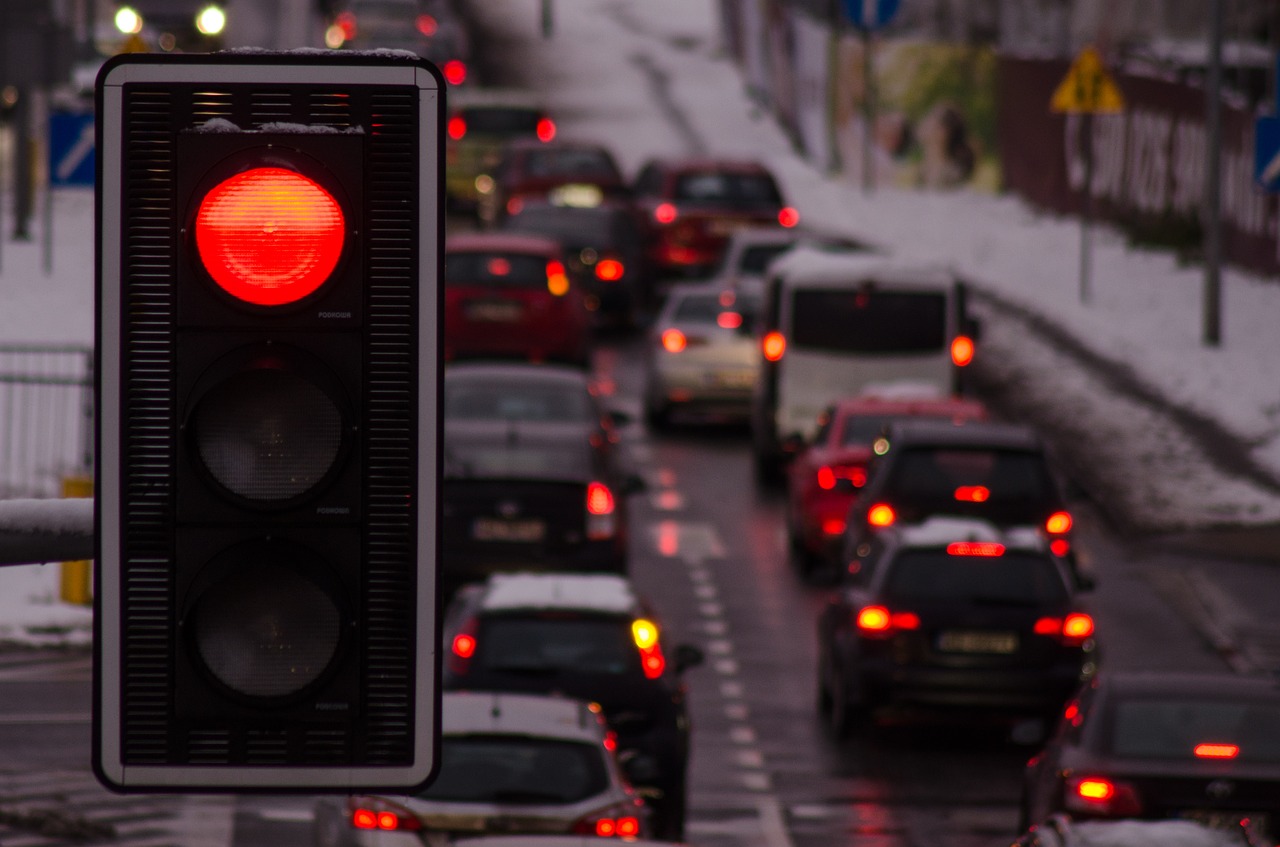
It’s no secret that the world has changed drastically over the past decade. With the many advances in technology, it can be difficult to keep up with all of the changes. One area that has seen a lot of change is in law enforcement – specifically, traffic enforcement. Traffic enforcement technologies are making waves and changing what it means to enforce traffic laws by employing new and innovative technologies and utilizing big data for more effective policing.

Here are the top 5 traffic enforcement technologies changing the industry today.
Table of Contents
1. Automated License Plate Readers
Automated license plate readers use ANPR camera systems to scan license plates for information such as time, date and location stamping, which can then be retrieved from databases later on, if necessary. This type of technology is used to detect wanted suspects or stolen vehicles. ANPR cameras can also be installed on the front of a police car to scan plates from more than one lane at a time.
More than 60% of law enforcement agencies throughout the United States now use automated license plate readers and ANPR cameras. The benefits include locating a wanted suspect through their license plate number and stopping traffic violators by looking up the location of where they were scanned.
2. Red Light Cameras
Red-light traffic cameras are a traffic enforcement technology that has seen tremendous growth over the past decade. It’s proven to be one of the most effective ways of reducing red light running violations, which can lead to serious accidents and fatalities on the roads. Today, about 500 communities in North America use these cameras as part of their municipal safety programs.
More than 100 agencies also add them each year for short-term installations or permanent use. The success from these deployments is clear – approximately 80% of motorists obey photo-enforced signals after they’ve been installed at an intersection (compared to 50% before).
3. Mobile Radar Units
Another technology that’s changing the enforcement landscape is the use of mobile radar units. These devices allow officers to use automated speed checks without having to stop traffic. In some cases, these units automatically display a driver’s current speed on the patrol car screen before he or she can manually engage in an unsafe maneuver such as braking suddenly when they see it coming up alongside them.
This means that drivers going too fast are more likely to be caught because their speeds will have been recorded and there won’t be any question about who was speeding at what time. Beyond helping catch people breaking the law – one study found that mobile radar units have reduced the number of speeding violations by about 32%.
4. Location-Based Software
Location-based traffic enforcement software allows law enforcement personnel to manage and direct their forces based on the location of incidents. The software allows for more efficient use of resources, with officers able to be deployed quickly without wasting time requesting resources from command centers in order to determine where they need them most.
This has helped improve response times by as much as 16%. The data can also help identify patterns over an extended period so that measures can be taken before it reaches critical levels. This technology helps enforce traffic violations while simultaneously reducing manpower needs by managing all available staff effectively. While this isn’t being implemented everywhere, more agencies are finding ways to use it.
5. Speed Monitoring Devices
Speed monitoring devices are now being deployed in areas where speeding is a problem. This device works by detecting vehicles that exceed the speed limit through a radar, laser, or another sensor. These devices can be mounted on roadside poles, bridges, or buildings. They provide authorities with an accurate determination of the average speeds drivers are traveling along that route and allow them to identify those who regularly break the law.

The use of these tools has prompted some states to increase their penalties for violators, while others have used them to enforce lower speed limits in residential neighborhoods. Speed monitoring helps to deter drivers from speeding and also helps reduce accidents, fatalities and injuries.
Traffic Enforcement Tech Is Evolving Fast
The future of traffic enforcement technology is focused on how to avoid crashes to save lives. However, it’s important for industry leaders and law enforcement agencies alike to always keep up with new technologies, so they’re prepared when changes occur.